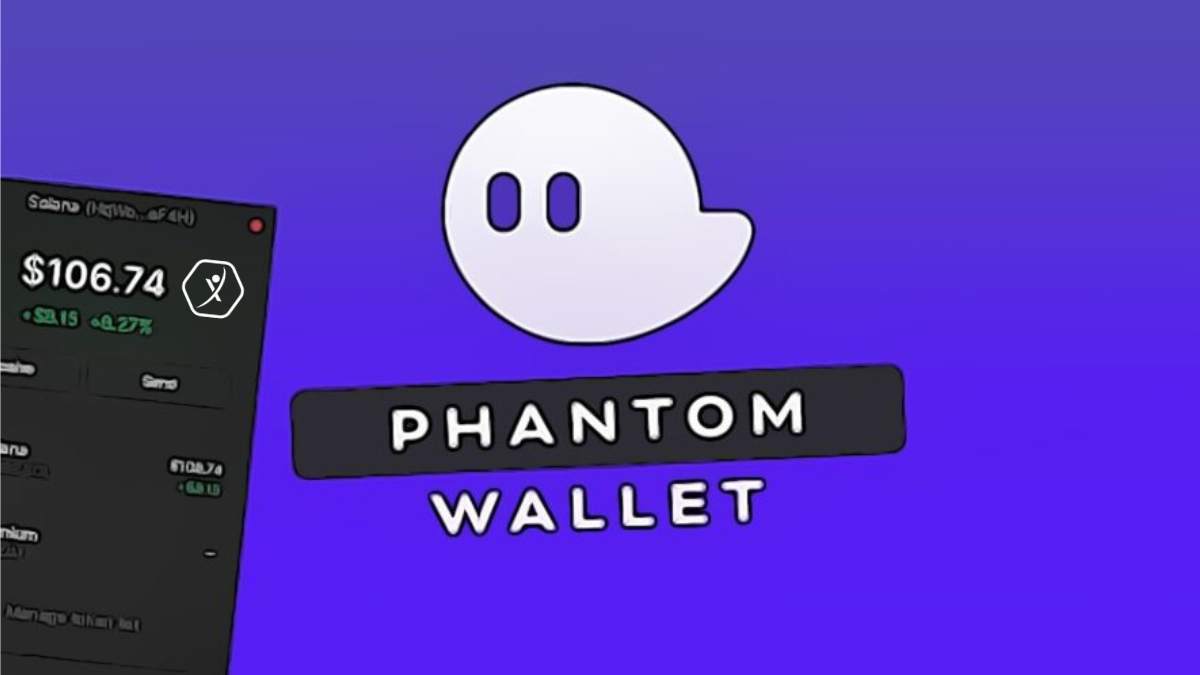So, I was fiddling around with some Solana dApps the other day—yeah, just messing about after dinner—and something felt off about the whole experience. Really, it was the connectivity part that bugged me. You know how some crypto wallets just don’t play nice with your browser or the dApps? Well, that got me thinking: why isn’t there a smoother way to plug into the Solana DeFi ecosystem without jumping through hoops?
At first glance, you’d think this is solved territory—plenty of wallets out there, right? But no. It’s like, you try to connect, and it’s clunky, or worse, it just won’t load. This is where the phantom wallet extension comes in, and honestly, it kinda blew me away. Wow! The seamless integration it offers with browser-based Solana dApps is a breath of fresh air.
My gut said it was going to be just another wallet extension, but no—once I installed it, the whole experience felt intuitive, almost like the wallet anticipated what I wanted before I even clicked. Hmm… maybe it’s the way it handles keys or the UX design, but it’s smooth. And that matters when you’re juggling all these DeFi protocols where speed and security are super important.
Okay, so here’s the thing. Most people don’t realize how much the right connector can change your entire DeFi experience on Solana. I mean, you could have the best dApp in the world, but if your wallet is lagging or confusing, you’re out of the game. Initially, I thought all extensions were basically the same, but then I realized the subtle differences in how they manage session states and sign transactions make a huge difference.
Seriously? Yeah, it’s that big of a deal. The phantom wallet extension isn’t just about connecting—it’s about making sure your interactions feel secure, fast, and hassle-free. And in the fast-paced world of Solana DeFi, every millisecond counts.
Now, let me back up a bit. When I first tried to get into Solana DeFi, I was overwhelmed by the variety of wallets and connectors available. Some were clunky; others had questionable security reputations. On one hand, I wanted something that felt familiar, but on the other, I needed cutting-edge features. Actually, wait—let me rephrase that. I wanted a bridge between traditional wallet convenience and advanced DeFi compatibility.
That’s why the phantom wallet extension caught my eye. It’s built specifically for Solana, not some generic wallet trying to do everything. This specialization means it can leverage Solana’s unique architecture to streamline transactions and interactions. Plus, it has this clean interface that doesn’t bombard you with a million options you don’t need. I found that refreshing.
Check this out—

That screenshot is from my actual setup. Notice how the wallet neatly syncs with multiple dApps without glitches? That’s not something every extension can pull off. (Oh, and by the way, the speed difference compared to my previous wallet was very very noticeable.)
But here’s where it gets a bit tricky. While Phantom nails the connectivity, it’s not perfect. For instance, some users report occasional hiccups with transaction confirmations during network congestion. I ran into that once or twice, and it was frustrating. Still, the team behind it seems pretty responsive to feedback, pushing updates regularly.
Also, I’m biased, but I appreciate the way Phantom integrates a built-in swap feature right in the wallet. It’s super handy if you want to move tokens without hopping between dApps. This feature alone saves a lot of time, especially if you’re deep-diving through multiple protocols. It’s like having a mini exchange right in your browser.
Another cool aspect is how it supports hardware wallets. Yeah, I know some people are wary of browser extensions because of security concerns, but Phantom lets you pair with Ledger or Trezor devices, adding that extra layer of safety—something that’s very very important in crypto.
Still, I can’t help but wonder if the wallet’s UX could be a bit more newbie-friendly. I mean, I’m comfortable with crypto jargon and all, but for a regular browser user dipping their toes into Solana DeFi, some of the terminology might be intimidating. Maybe future updates will address that with better onboarding flows.
So, here’s a question that’s been nagging me: as Solana continues to grow, will Phantom keep up its edge, or will new players disrupt the space? The wallet market is notoriously competitive. On the surface, Phantom’s momentum and community support look strong, but the crypto world is full of surprises—and that’s exciting.
Why Browser-Based Wallets Matter for Solana DeFi
Browser extensions like Phantom are game-changers because they lower the barrier to entry. You don’t have to download bulky software or navigate complex setups. Just add the extension, create or import your wallet, and boom—you’re connected. This ease of access has helped push Solana DeFi into the spotlight for many casual users, myself included.
Really, the speed at which Solana processes transactions—faster and cheaper compared to Ethereum—makes this setup even more appealing. But without a solid connector, that speed advantage is wasted. The phantom wallet extension steps in to bridge that gap effectively.
However, let me be clear: this isn’t a magic bullet. Security is still on you. Browser extensions can be vulnerable if you’re careless. Phishing attempts and malicious websites are real dangers. So, always double-check URLs, keep your seed phrase offline, and enable any security features the wallet offers. This part bugs me because sometimes folks jump in without these basics and get burned.
On a personal note, I’ve found that combining Phantom with a hardware wallet strikes a good balance between convenience and security. It’s not perfect, but it’s the best compromise I’ve found so far for daily Solana DeFi interactions.
Okay, so check this out—if you’re curious to try it yourself, the phantom wallet extension is super easy to install and get running. It’s available for popular browsers like Chrome and Firefox, which covers most users. Plus, the active developer community means bugs and issues tend to get patched quickly.
All that said, I’m still watching how the DeFi space evolves. Wallets like Phantom are crucial pieces, but the ecosystem’s health depends on many factors—protocol security, user education, regulatory shifts—you name it. So, while I’m excited about the current setup, I’m also cautious. Crypto is a wild ride, and sometimes, the tools we trust today might need serious upgrades tomorrow.
But hey, isn’t that part of the fun? The constant evolution keeps us on our toes.
Frequently Asked Questions
Is the Phantom wallet extension safe to use?
Generally, yes. Phantom employs strong encryption and lets you connect hardware wallets for added security. Still, always follow best practices like never sharing your seed phrase and being cautious of phishing sites.
Can I use Phantom on any browser?
The extension supports major browsers such as Chrome and Firefox. It’s designed to integrate smoothly with Solana dApps across these platforms.
Does Phantom support token swaps within the wallet?
Yes, Phantom includes a built-in swap feature that lets you exchange tokens directly without leaving the wallet interface, streamlining your DeFi activities.
